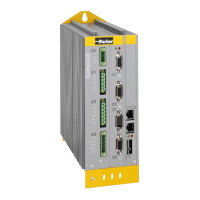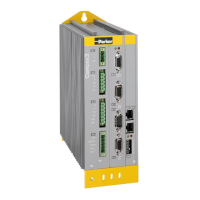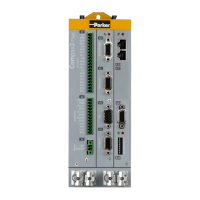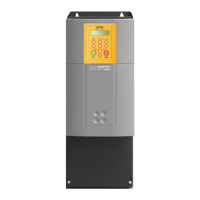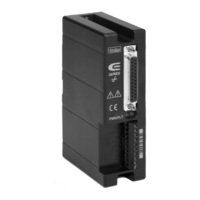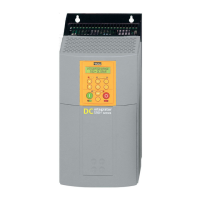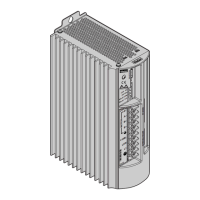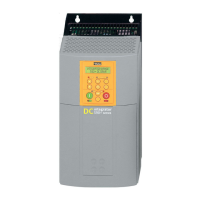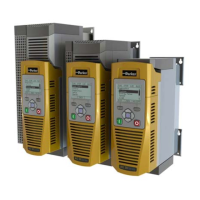Parker EME
Setting up Compax3
192-120114 N5 C3I22T11 June 2008 261
Excitation Signal
In order to be able to analyze the behavior of the system at individual frequencies,
it is necessary that these frequencies can be measured in the input signal as well
as in the output signal. For this, a signal generator excites all frequencies to be
measured. For this applies, that the signal noise distance of the measurement is
the larger, the larger the excitation of the system.
High noise distance => low influence of disturbances on the measurement.
For this, an excitation signal is injected in front of the system to be measured.
The power (amplitude) of the excitation signal can be set.
Start with a small amplitude and increase the amplitude slowly during the current
measurement until the result of the measurement shows the desired quality.
Influence of the excitation amplitude on the quality of the measurement re-
sults
left: too small amplitude of the excitation signal (7.3mA)
right: suitable ampitude of the excitation signal (73mA)
In the case of non-linearities in the system, an increase in the excitation may ho-
wever lead to a
decline of the quality of the measurement (see page 262)
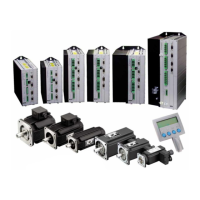
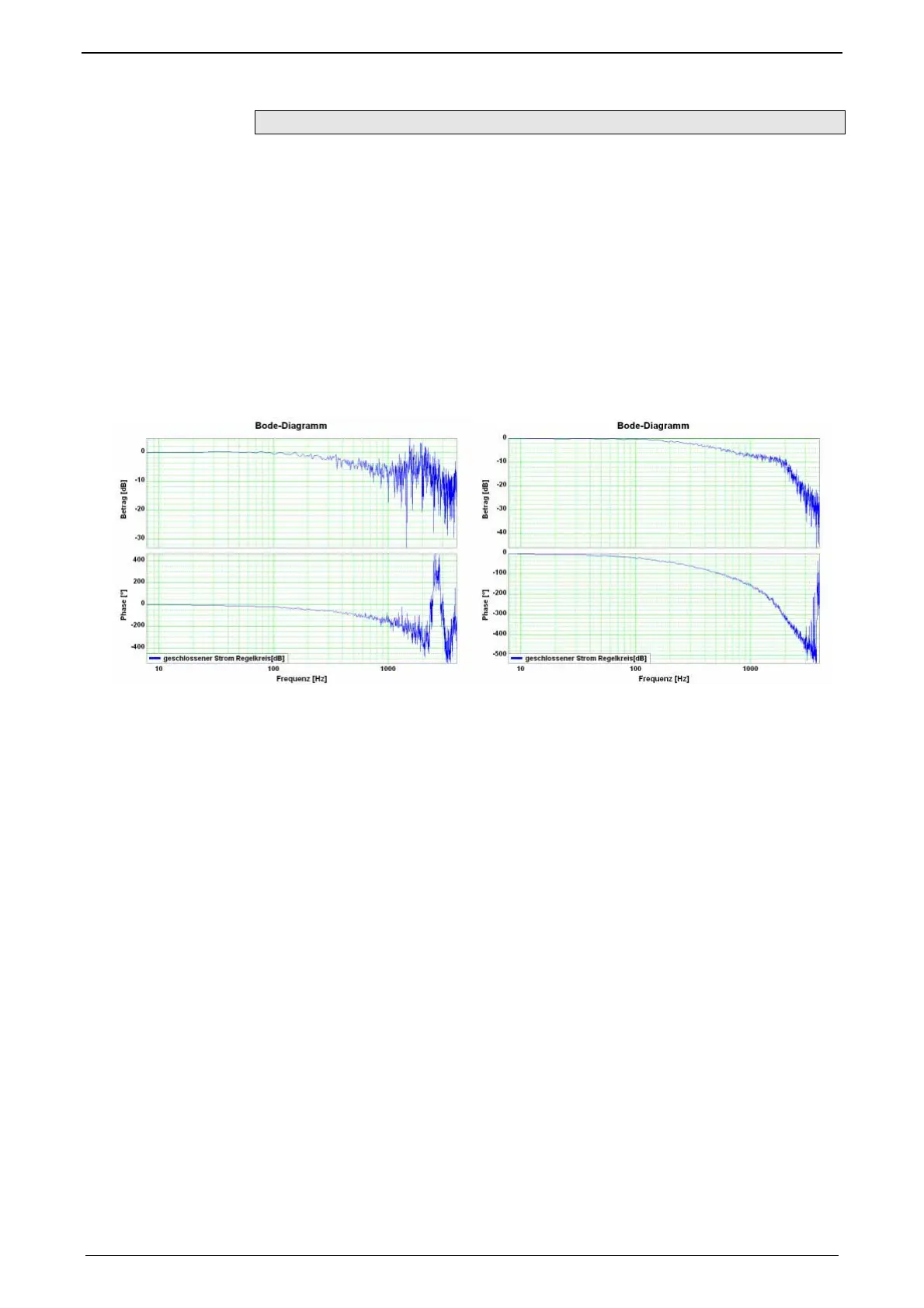